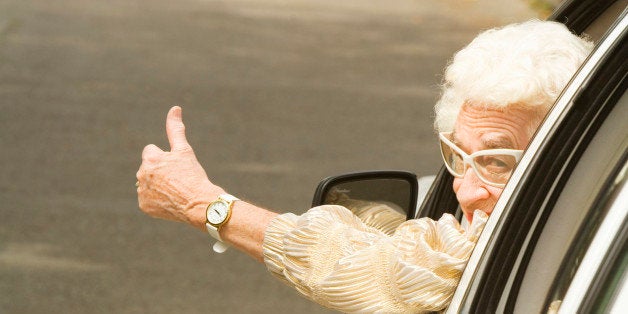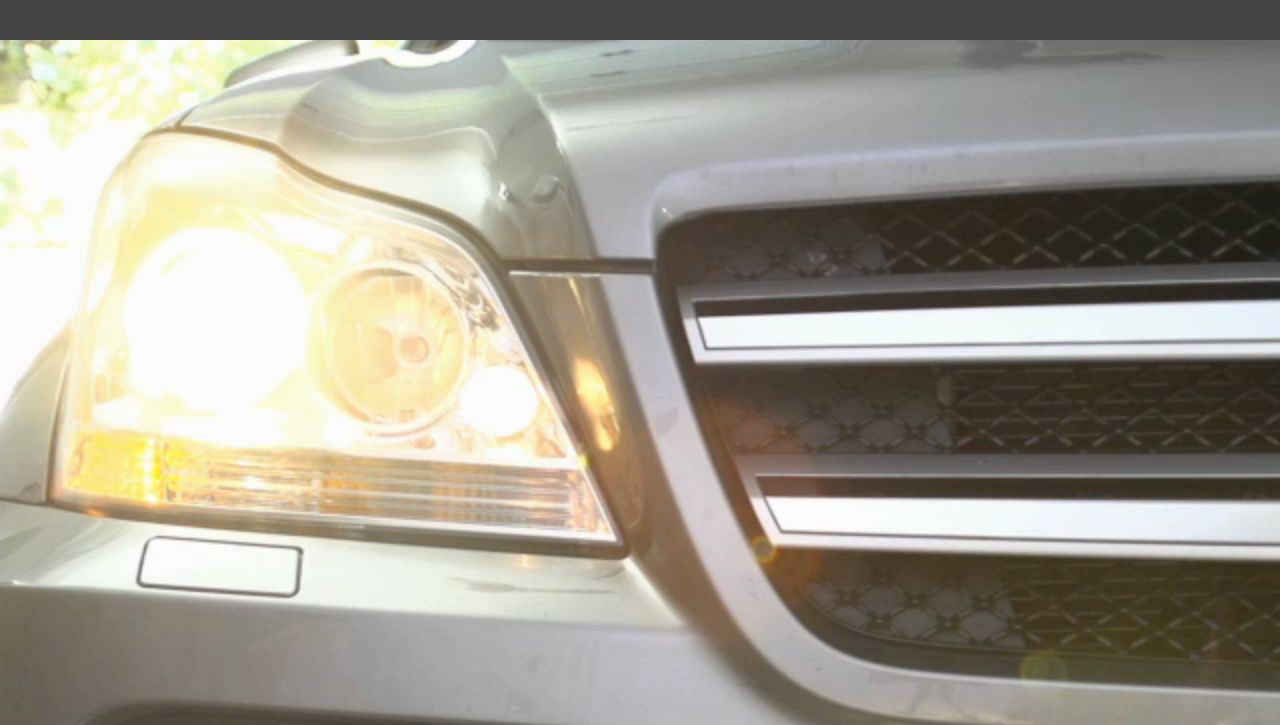
More than 25 years ago, Katherine Freund's life changed course in the blink of an eye. An 84-year-old driver struck and seriously injured her toddler son; the driver kept going and later said he mistook the little boy for a dog. The 1988 incident remains painful for Freund to talk about even today, but two remarkable things came from it: Her son fully recovered from his broken bones and traumatic brain injury and grew into a kind and aware man, and instead of being devoured by anger at the driver who struck her child, Freund focused her attention on what she calls the "real problem" behind the accident.
And that problem is this: Older unsafe drivers stay on the road because they have no choice. Cars are seen as the key to independence and without them, our worlds shrivel. The average American outlives his/her ability to drive by about 10 years and the quality of their lives diminishes when they relinquish their private transportation, according to the National Institutes of Health.
The accident that injured Freund's son changed the direction of her life as well. She is now recognized as a leader in the effort to reshape the nation's transportation system.
We are a nation of car drivers, she says, and when she started on her mission, there was no transportation system that replaced the comfort and convenience of private automobile ownership. Freund believed that people would make good choices if they had good options -- but that there were just no good options. So she set out to provide some. She also recognized that our quality of life -- including the life of the driver who struck her son -- depended on not having our independence obliterated when we relinquish our driver's license.
Freund, now 64, created the Independent Transportation Network -- ITNAmerica -- which, among other things, allows senior drivers to turn in their vehicles in exchange for ride credits. She put in place a network of people in 27 cities willing to drive car-less people to wherever they wanted to go -- and to be available 24/7 for those rides. Rides are affordable -- and intentionally cost less per mile that a self-driven automobile would cost to operate. The ITN system is different from just taking a taxi because ITN drivers provide arm-through-arm, door-through-door service and help with packages. No money is exchanged in the vehicle, and tips are not accepted. Automobiles are used, not vans or buses, to shed any resemblance to medical or retirement home transportation. Forty-six percent of ITN customers have an annual income of less than $25,000 and only two percent of customers found the service too expensive, she said.
Just to underscore a point: The service is available any day at any hour for any reason. While there are driving services to help people get to medical appointments, their purpose and hours are restricted. But, as Freund said, "Life doesn't happen just on weekdays and besides, it's about more than just going to the doctor." ITN provides a low-cost lift to the movies, to the hair salon, to see a grandchild's soccer game on a Saturday afternoon. One of her clients is an 82-year-old man who dates frequently. "What was he suppose to do? Call his son and ask him to drive him and his dinner date to the restaurant?" she said.
Some of the ITN volunteer drivers are adult children whose own parents live some distance away; they are accumulating ride credits for them. Other drivers are retirees, building up their own cache of ride credits for when they need them themselves. And still others are college students; places like the University of Cincinnati offers students community service credit for driving seniors. To date, ITN has given more than 800,000 rides.
Freund intended the original program in her hometown of Portland Maine to be replicable just about anywhere. And it largely has been. Now she's celebrating the 20th anniversary of her system which she says works anywhere there is a population density of 200,000 within a 15-mile radius. ITNAmerica also maintains a national database of transportation alternatives and within 24 hours can provide a list of ride options in any community.
What's the most popularly requested ride? To the beauty salon. Each month ITNAmerica has a "creative ride of the month" award. One winner used the service to take his old TV to the dump. "Well, think about it!" said Freund. "If that's what you need to do -- be able to get rid of the old TV -- you need a car to do it."
As we live longer, we are driving longer. But we are not always driving as safely as we once did. Vision weakens over time, as does reaction time. Sometimes medications play a role, causing drowsiness or confusion. Older drivers have the highest fatal crash rate of any group except teenagers. By 2030, more than 70 million Americans will be aged 65 or older. Some states have taken steps to weed out the unsafe older drivers.
While weeding out unsafe drivers isn't in itself a bad thing, said Freund, it doesn't address the question of what those drivers do after they can't drive themselves anymore. Three out of four older Americans live in rural and suburban communities that lack the density for traditional mass transit and most have limited transportation options that could otherwise help keep them safe and mobile, Freund wrote in a Forbes blog. And the problem grows steadily, as 10,000 Americans turn 65 every day for the next 17 years.Society has a lot of unvoiced assumptions about aging and senior transportation, she said. "I don't know a single older person whose life is limited to the hours of Monday to Friday from 8 to 3, (when rides are typically available)" she said. "They want to go shopping, play bridge, go out to dinner with friends, go to an evening movie" she said.
On June 16 -- the 20th anniversary of ITN's first ride -- Freund will be launching a 60-day road trip around the country, conducting a storybook tour. "We'll tell the stories of how people have resolved the driving issue." She's declared 2015 to be "the year to give an older person a ride."
She recalled how she recently got a $1,000 check donation in the mail from an older woman. She called the woman to both thank her and double-check that she really intended to write a check with that many zeros. The woman explained: "You took me to the mall to get underwear and I didn't have to have my 'good angel' on my arm." Says Freund, "She wanted privacy! She wanted the privacy to pick out her underwear by herself, not have someone standing there watching her."
The motto of ITN? "Dignified transportation for seniors."



